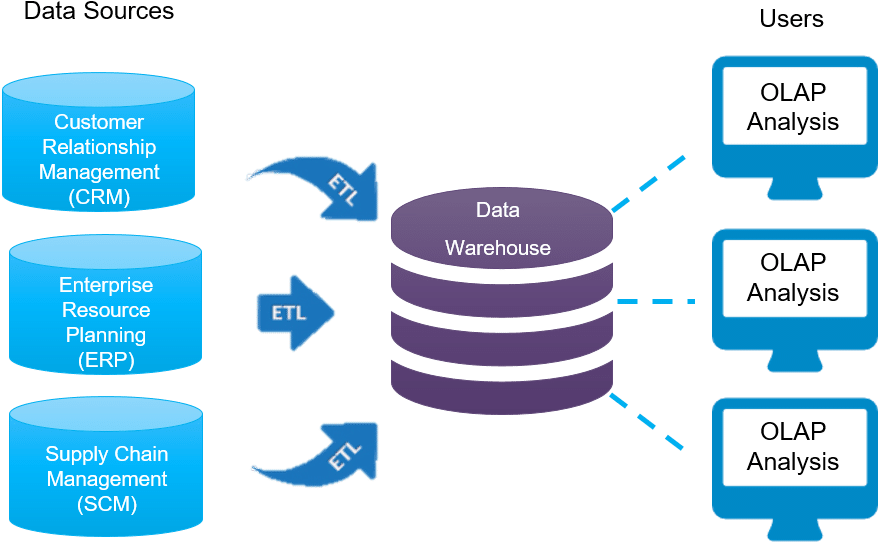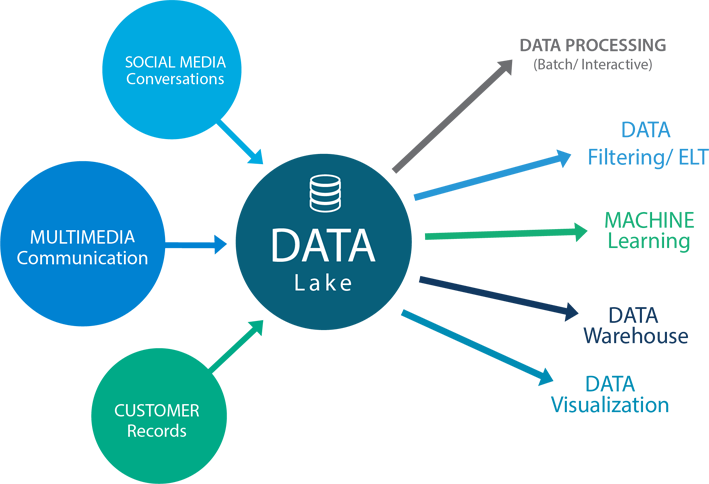Since the inception of technology to day-to-day human activity, there has been a rising need for data storage. What is data, you may ask? Data is the smallest unit of information. With data being the building block of any form of information, it’s evident that over time it will grow exponentially that no form of traditional data management tools can store or process it efficiently. When data grows to a massive size, it is referred to as big data. A perfect example is the data generated by social media platforms.
There are three known types of big data structured, unstructured, and semi-structured. Structured data refers to any form of data that can be accessed, processed, and stored in a fixed format; an example is an inventory database. Unstructured data is data with an unknown form or structure, such as the outputs of searches in most search engines. Semi-structured data is any form of data that contains both structured and unstructured forms; an example is data represented by an XML file.
- But before data is referred to as big data, it has to present certain characteristics like:
- Variety – the data sources and nature have to be heterogeneous, meaning they come from different sources and are of diverse content.
- Velocity – the flow of data should be continuous and in huge quantities.
- Variability – the data should not be consistent or have a fixed pattern and should be able to change.
- Volume – the quantity of the data must be enormous.
The main reason why companies use big data is to improve their operations, provide better service and help with any other functions that will aid in increasing efficiency and revenue. Just like anything, there must be a way in which big data can be stored. Big data is often stored in a data warehouse or a data lake.
What Is the Data Warehouse?
A data warehouse is a data repository that can be used to analyze and make informed business decisions. However, data warehouses only store structured and highly unified data and offer support to data scientists, data engineers, and business decision-makers to aid them in analyzing and making informed business decisions.

A data warehouse can be accessed through SQL clients, business intelligence tools, and several analytic applications. There are 3 types of data warehouses, namely:
- Enterprise data warehouse (EDW) is a centralized data warehouse that offers decision support services to a company.
- Operation data store (ODS) is a central database that is used for operational reporting and as a data source for enterprise data warehouses. ODS is usually refreshed in real-time.
- Data mart is a database designed for departmental data.
Data Warehouse Benefits
Data warehouses offer various benefits to an organization that has fully embraced them. some of the benefits include:
- Data is consolidated from multiple sources.
- Aids in the making of well-informed decisions.
- Saves time
- Improves data accuracy, quality, and consistency.
- Helps improve the performance of your organization’s systems.
- Provides historical data analysis.
You can use the following steps to create your own custom warehouse software.
- Identify and define your business requirements.
- Analyze your data sources.
- Create a logical, physical and conceptual data model of how you want your data warehouse to look.
- Identify and build a data warehouse schema.
- Gradually implement the data warehouse architecture.
What Is a Data Lake?
A data lake is a centralized repository designed to store and process large quantities of unstructured, structured, and semi-structured data without the need to structure or run analytics on the data.

Usually, the purpose of the data stored in a data lake isn’t yet defined.
Benefits Of Data Lake
- Data movement – a data lake allows you to import any amount of data, even in real-time.
- Machine language – data lake allows for the creation of machine language models that can forecast likely outcomes, thus providing you with multiple actions on how to achieve the desired result.
- Analytics – a data lake allows access to various analytic tools; hence there is no need to move data to separate analytical systems.
- Secure – data lakes offer your company’s data the best security around.
- Accessible – data stored in data lakes is easily accessible.
- Efficiency – data lakes make it easier to store and run analytics on your data, thus improving your company’s efficiency.
Data Lake Vs.Data Warehouse
There is a considerable difference between data lake and data warehouse. These differences include:
- Data Storage
Data warehouse mainly stores structured data, while data lake stores all forms of structured, unstructured, and semi-structured data.
- Users
The users of data from a data warehouse are mainly managers and decision makers who prefer readily analyzed data. In contrast, data lake users are mostly data scientists and engineers who prefer raw data.
- Schema
In a data warehouse, the schema is defined before the data is stored, while in data lakes, the schema is defined after the data has been stored.
- Processing
Data is consistently structured and ready to be used in a data warehouse, but in data lakes, that data is only structured when its need arises.
- Analytics
Data warehouse uses business intelligence tools, batch reporting, and visualization, while data lakes use machine learning, predictive analysis, profiling, and data discovery.
The Importance of Choosing a Data Lake or Data Warehouse
When choosing between a data lake warehouse, it’s often hard since most organizations tend to require the services of both. This is because data lakes are used for the storage of massive amounts of raw data. In contrast, data warehouses are primarily used in the day-to-day running of the firm and in the decision-making processes. One trend that has been growing amongst most organizations is building a data warehouse on a data lake and using the data from the data lake that has already been structured.
As you know, information is power, so if you want to be ahead of others, it’s high time that you embrace technology and start exploiting the mine that is big data. From the article above, you have learned how information can greatly benefit your firm, so don’t worry about storage. Utilize the storage methods availed to you and be ahead of the pack.







